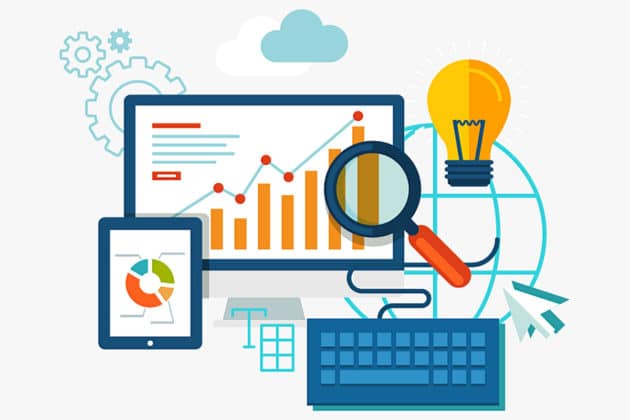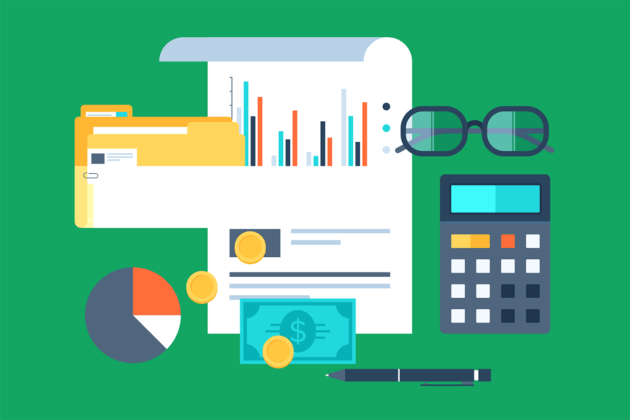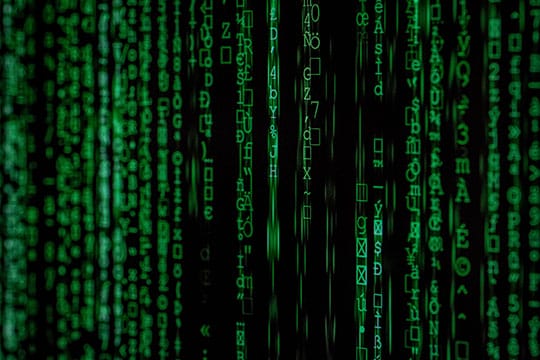When studying or reviewing scientific data, it is essential and of prime importance to carefully study and evaluate the scientific data. Scientific data is a crucial factor in making policies and it also has a profound and far-reaching effect in conducting research. When presented with accurate and precise calculations, data goes a long way in making scientific data evaluation a success. When decisions are backed by accurate scientific data, it gives more credibility to the scientific research.
The accuracy of scientific data depends on the precision of the experiment. Replicating an experiment over and over gives more accurate data and more information, than the data gathered by experimenting only a few times. Such data is achieved by repeating the same steps again and again when experimenting. Repeating the experiment brings up unexpected errors and gives a chance to negate them. The data, when free of errors, become accurate and gives a result that was expected to be achieved from the experiment.
In scientific data, terms like errors, precision, and accuracy have great significance. They must be understood in some detail to better understand how data evaluation works in scientific research. Also, the relation between these terms must be perceived in various ways, to make the scientific research a success.
Accuracy

When the measurement is accurate, it is very close to the real value. The real value is the value that is not known beforehand, but it is usually the desired value that is expected to be achieved. Accuracy is like hitting the bull’s eye that a dart targets every time it is thrown. If the dart misses hitting the bull’s eye and is close enough to hit it, it measures the accuracy of the dart. Any difference between the real value and accepted value is an error.
Take another example, for instance. If the volume of a liquid is to be taken at 100 ml, and instead, the measured volume is 98 ml, it is very close to giving the accuracy of the experiment. Accuracy is defined as how close the measurement to the real or accepted value is. Accuracy is achieved by taking several measurements and taking an average of the measurement values. The difference between these can be expressed as either positive or negative. A positive value is also the absolute value, and it is reading with a high score. A negative value is also the absolute value when the reading is at a low score.
Recommended for you: Data Science vs. Artificial Intelligence – What are the Differences?
How to measure accuracy
Accuracy can be either absolute or relative. Again, accuracy is measured in terms of errors or differences in values. Thus, we get an absolute accuracy or a relative accuracy.
Absolute error: Absolute accuracy is the difference between a measured value and the real value. If the measured value is low than the real value, the result is negative or in the minus. And when the measured value is higher than the real or true value, the result is a positive or plus value. This can be also expressed by a simple calculation: Absolute error = Measured value – Real value.
Relative error: This is measured as a percentage. When Absolute error is divided by true value and is multiplied by 100, we get a percentage of relative error. It is also expressed by parts per thousand or parts per million, as the case may be. Thus, the relative error can be arrived at by the formulae:
Relative error = {(Measured value – True value) / True value} x 100%Precision

Precision is yet another factor that influences data evaluation. It can be said as the repeated values that were achieved in the same conditions and performing the experiment many times over. In the instance of the dart game, if the dart keeps on missing the bull’s eye, and keeps on hitting the same spot, close to the bull’s eye, repeatedly, it is a measure of how precise the dart was. To come back to scientific analysis, precision is the number of times the same measurement was achieved. If the real and desired volume of liquid was expected to be 100 ml, and every 10 times that the experiment was done, the result came to 80 ml, the data can be said as precise. Because the result was that the volume of liquid was 80 ml, and it was achieved every 10 times the experiment was done.
Accuracy and precision are not standalone terms but are interrelated to each other. This is expressed in terms of errors. Errors are caused by faulty instruments and also by humans. These can be further classified as Systematic Errors and Random Errors. Understanding errors is a better way to understand the terms of accuracy and precision.
Systematic Error

Errors caused by faulty instruments taken for an experiment or using old and outdated instruments for measurements are Systematic errors. For example, using rusted and old measuring scales. Systematic errors usually are not an error on the part of the person measuring or doing experiments. It is an error in the system or the setup used that causes the error. Such an error can be rectified by replacing old with new, and by adjusting and correcting the systems used.
A dartboard, for example, fixed at an angle, such that the darts keep hitting the left side is a systematic error, and realigning the dartboard will correct this error. A rusty and old measuring scale can be replaced with a new scale, such that the markings are bold and seen, and it rectifies the error. But if you take multiple measurements from an old ruler, and take the average measurements, the result will be far from the real value.
Systematic errors can be:
- Errors in calculations.
- Taking incorrect temperatures.
- Mechanical loss of material in various stages.
- Impure substances were used in the analysis.
- Errors in taking readings.
- Instruments not calibrated properly.
- Arms of unequal lengths.
- Foreign materials entering the experiment.
- Using impure chemicals for an experiment.
You may like: Applying Big Data to Advantage Your Social Media Advertising.
Random Error

Random errors are relatively, easier to rectify. This error is a type of human error, and an error of judgment, on the part of persons taking the readings, or making the experiment. Taking multiple readings, and then arriving at an average figure will be closer to the real value.
Significant Figures

A Significant Figure is a digit with practical value. Understanding the concept of whether a digit has significant figures, we can see some rules. These rules are applicable to come to know about digits with practical value and digits that have no practical value, and their place in a number does not affect it in any way. These rules are:
- Digits which are not ‘zeros’ are always significant. For example, 269 is a significant digit.
- Zeroes at the starting are not significant. For example, 0.065.
- Captive zeroes are significant. For example, 2.0085.
- If a number has decimal points, and zeroes are trailing behind the number, then the number is significant. For example, 3.65800.
- Zero can be or cannot be a significant figure. It depends on where it is placed in a number. For example, in 15.0002598 or 25.365100, zeroes are significant figures. Zero before a decimal point e.g., 0.00258 there are only three significant figures, as zeroes do not have any practical value.
Further, significant figures are also determined by a set of rules, which are:
- Addition/subtraction is rounded off to the lowest number of decimal places.
- Multiplication/division is rounded off to the lowest number of significant figures.
- Logarithms are rounded off such that several significant figures in the input match the number of decimals in the result.
- Exponentiation rounded off to the certainty in the base only.
- Trailing zeroes are placed after a decimal place after the number. For example, 1200.
- Rounds on the last step. It follows parenthesis when it is applicable.
Significant Figures computation and calculator
Good Calculators has its very own Significant Figures Calculator, and it computes and works out how many significant figures does a number hold.
What operators and functions are supported by the Significant Figures Calculator?
- Arithmetic functions such as addition (+), subtraction (-), division (/ or ÷), multiplication (* or x), exponent (^).
- Group symbols like ().
- Functions like log n, ln n.
- Constants like pi, e.
You may also like: Technology Digging on Deep Data: A Real-World Global Treasure Hunt.
How to use Significant Figures Calculator for accuracy of results?
When calculating the Significant Figures Calculator sometimes, the result data is not accurate. So, to get greater accuracy in data put # at the end of the number. For example, 6.24#.
Example: 10.00698 ÷ 13.6 = 0.736 (Significant Figures are 3).
10.00698 ÷ 13.6# = 0.7358074 (Significant Figures are 7).
Appending the # symbol at the end of the number gives more accurate results, than just putting a number. Significant Figures is just a way to give greater precision in measurements and calculations. By applying the above rules in the calculation of a significant figure, users can be more precise in arriving at results. It is applicable in all fields of scientific calculations and has a relevant and direct impact on the evaluation of scientific data.





